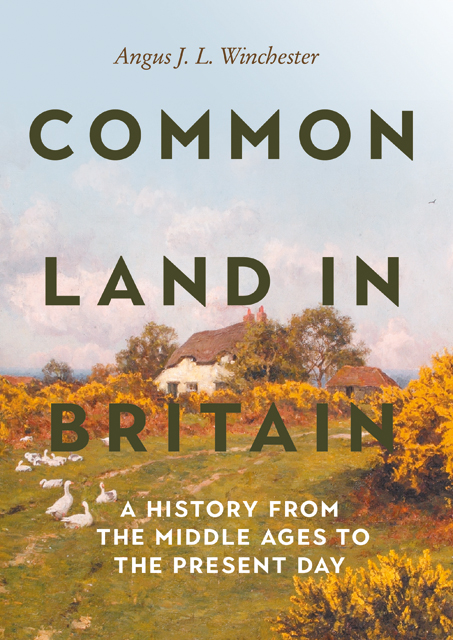Chapter 14 - Bringsty Common and Bromyard Downs, Herefordshire
Published online by Cambridge University Press: 20 December 2022
Summary
Herefordshire CL 14 (Bringsty Common) and CL 15 (Bromyard Downs).
These two commons, lying little more than a mile apart on the sandstone hills of north-east Herefordshire, illustrate many of the themes in the history of common land in lowland England. Despite their proximity to each other, their characters differ. Bringsty Common (Figure 55) covers 229 acres (93 ha) of broken land, straddling the boundary between Whitbourne and Linton parishes. It is a landscape of rolling hillsides and hidden dells, partly wooded; some parts are clogged by bracken and bramble, others are open grassy slopes. Bromyard Downs (Figure 56), covering 282 acres (114 ha), is a curving sweep of hillside to the east of the medieval borough and market town of Bromyard, rising to the crest of the ridge at c.200m above sea level, which forms the parish boundary. The common contains more open land than Bringsty, with large areas of grassland and some patches of surviving heathland, as well as bracken and scrub. Their contrasting ecologies were apparent by the seventeenth century, when the road from London to Aberystwyth (the modern A44) passed through ‘Furrs & Fern’ on Bringsty Common, while the Downs were referred to as ‘Bromiard heath’, perhaps suggesting that the heathland was formerly more extensive.
In the era of medieval colonisation, Bringsty and the neighbouring smaller common at Badley Wood (56 acres; 23 ha) were surviving woodlands on rising ground on the western edge of Whitbourne parish. By the sixteenth century both were common grazings, all the tenants of the manor having common of pasture in them ‘without number’ (sance nombre), implying that the rule of levancy and couchancy applied. The woods continued to provide pannage for pigs in the later sixteenth and early seventeenth century and in 1562 the manor court had sought to protect woodland by amercing those who felled trees and removed wood without licence from Bringsty, Badley Wood and Bromyard Downs.
- Type
- Chapter
- Information
- Common Land in BritainA History from the Middle Ages to the Present Day, pp. 245 - 254Publisher: Boydell & BrewerPrint publication year: 2022

